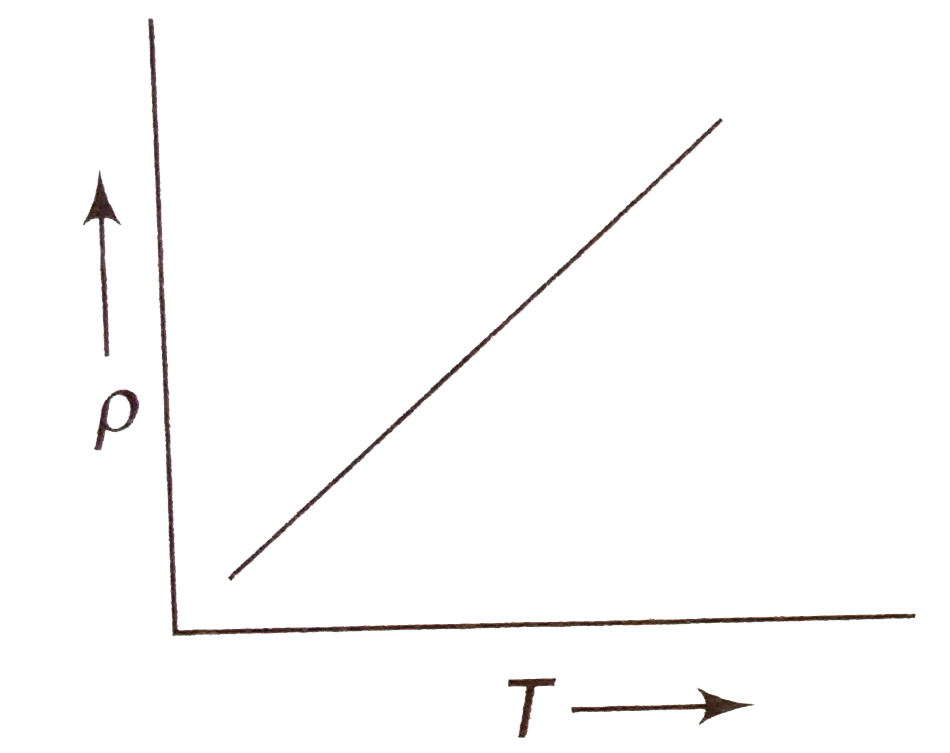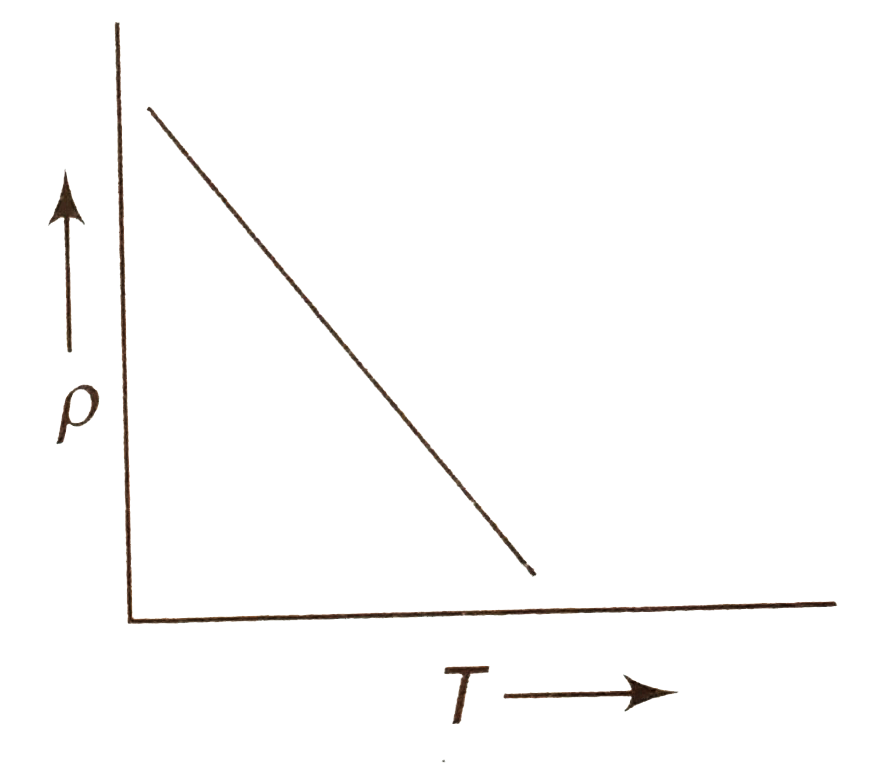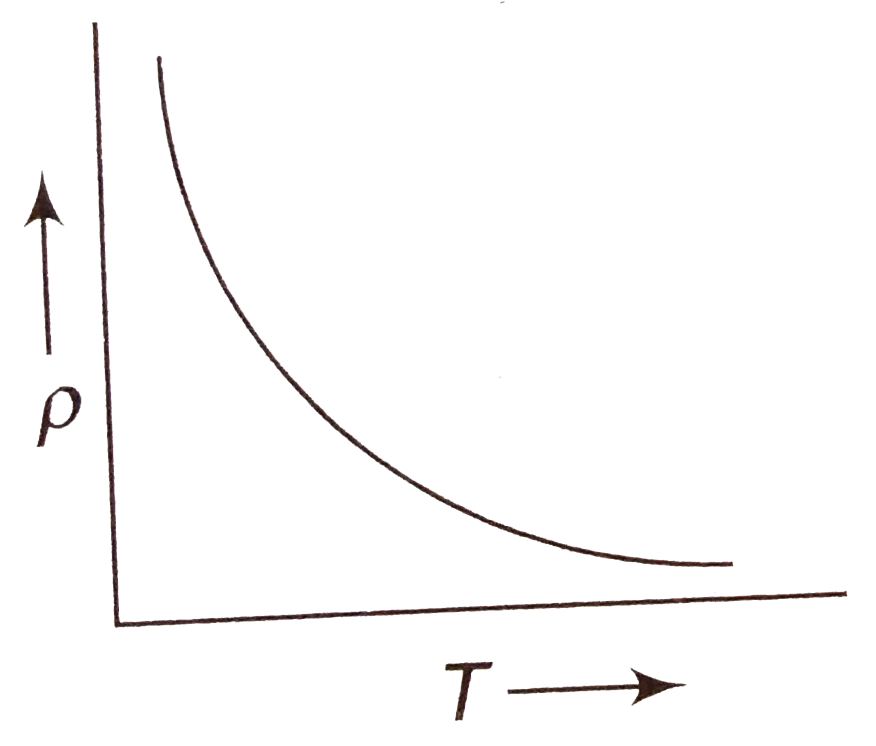Temperature dependence of resistivity p(T) of semiconductors, insulators and metals is significantly based on the following factors:
A
number of charge carries can change with temperature T
B
time interval between two successive collisions can depend on T
C
length of material can be a function of T
D
mass of carriers is a function of T
Video Solution
Text Solution
The correct Answer is:A, B
Resistivity of a conductor is given by p=m≠2τ, where the various terms have their usual meanings. As temperature of semiconducot r changes, n changes and also τ changes. Hence. P chagnes with temperature. This option (a) and (b) are true.
|
Updated on:21/07/2023
Topper's Solved these Questions
- BOOK - PRADEEPCHAPTER - CURRENT ELECTRICITYEXERCISE - Jee (main and advance)4videos
CURRENT ELECTRICITY
- BOOK - PRADEEPCHAPTER - CURRENT ELECTRICITYEXERCISE - Interger Type2videos
CURRENT ELECTRICITY
- BOOK - PRADEEPCHAPTER - CURRENT ELECTRICITYEXERCISE - Value based2videos
CURRENT ELECTRICITY
- BOOK - PRADEEPCHAPTER - COMMUNICATION SYSTEMSEXERCISE - MODEL TEST PAPER-29videos
COMMUNICATION SYSTEMS
- BOOK - PRADEEPCHAPTER - DUAL NATURE OF RADIATION AND MATTEREXERCISE - Exercise191videos
DUAL NATURE OF RADIATION AND MATTER
Similar Questions
Knowledge Check
- Question 1 - Select One
Resistivity of semiconductor depends on
Ashape of semiconductorBlength of semiconductorCatomic nature of semiconductorDsphape and atomic nature of semiconductor - Question 2 - Select One
The temperature coefficient of resistivity of a semiconductor is
Aalways postive.Balways negative.Czero.Deither zero or positive. - Question 3 - Select One
The temperature (T) dependence of resistivity (rho) of a semiconductor is represented by :
A B
B C
C D
D
Resistance || temperature dependence OF resistance
View SolutionResistivity of a semiconductor depends on
View SolutionThe temperature coefficient of resistance of a semiconductor
View SolutionThe resistivity of a semiconductor at room temperature is in between
View Solutionp (resistivity) depends on
View Solution

